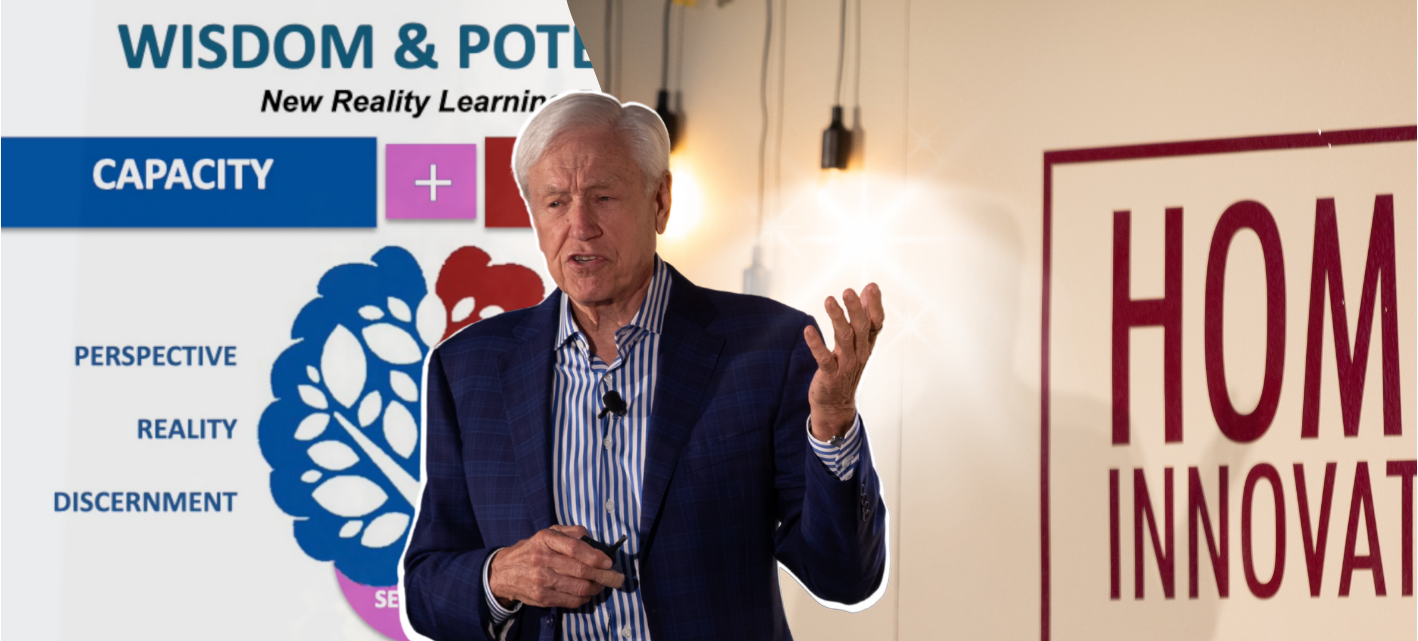The first part of Raman Brar’s career was spent in the world of private equity, immersed in company turnarounds, operational streamlining, and macro-trends. After witnessing inefficiencies and problems first-hand in health care as his grandparents aged, he saw an opportunity. And his innovative, tech-informed background as an engineer would help grease the tracks of his mind’s momentum.
After founding Hoolime in 2018, a tech firm that provides coding and OASIS review services, as well as software for billing, payroll, and caregiver scheduling, he co-founded Connecticut-based PathWell Health in 2020, diving into the home health provider market just as the pandemic was about to hit.
“The home health care space is monstrous,” Brar said. “It just wins.”
The tech developed at Hoolime, along with software his company created that helps Medicare Advantage plan providers negotiate rates with CMS, was integral to PathWell’s success as an autonomous provider/supplier hybrid company.
Now, the in-house innovation spirit at the firm couldn’t come at a better time, equipped with the capabilities it once exclusively sought to provide others, with Brar stating confidently: “Data and tech are in our DNA.”
|
Raman Brar - PathWell Co-Founder and CEO |
With the official rollout of Home Health Value Based Purchasing (HHVBP) only months away, home health care providers are shoring up their strategies to meet the benchmarks necessary to avoid penalties and ensure the bonuses associated with the model, with 2023 being the first performance year to be fully assessed.
Operators overall are supportive of the model. It drives value not just in better patient outcomes but also in cost savings, and at the end of the day, does so – at least from Brar’s standpoint – by taking money from poor-performing providers and giving it to those that are performing well, he says. He admits it’s not a completely fair model, but adds that there are providers who are “milking the system.”
“In the end, it’s a zero-sum game,” he says. “But based on what I know, we are confident we are going to win at that game.”
The reason, Brar adds, is because PathWell has instituted a care model that assures high-value, holistic care, with a tech thread tying it all together. He says there are three main ways providers can seek to hit the kind of value-based benchmarks CMS looks to see:
- By not having a quality assurance product at all, almost guaranteeing they struggle.
- By outsourcing services to another company, like Evaluation and Management coding or OASIS care services, then benchmarking care outcomes.
- By having an in-house quality assurance product that can be efficiently utilized, which is the road PathWell took.
It’s paid off, even if it’s been pricier than handing off facets of the work to other companies. Why? Because such a homegrown system enables a provider to increase efficiencies and achieve the main goals of improving patient outcomes while ensuring they’re hitting the benchmarks necessary to achieve a high Total Performance Score. Familiarity between clinicians in disparate disciplines helps create a culture of cooperation that strengthens outcomes.
“Outsourcing is kind of like an assembly line, with a patient being assessed by one person before they’re handed off to someone else,” Brar says. “Here, it’s all PathWell people. It could be a pharmacist, a PT (physical therapist), and others who cooperate – with a clinical supervisor as a backstop – to get to know a patient well. It creates an internal culture of accountability. The rules of engagement are different.”
PathWell’s approach works like this: A patient’s EMR information is included into data obtained by Remote Monitoring and point-of-care clinicians in the field, with an offshore team of certified clinicians assessing what steps to take to ensure the best outcome(s). Data is exported into proprietary software that makes sure clinicians are being consistent, while their tech “slices and dices” data to compare procedural outcomes in several different areas, including regionality.
“In that way, we are pulling out (EMR) data that gives us a good pulse on the quality metrics we know are critical as the rollout (of HHVBP) happens,” he says. It’s an approach that other providers should at least consider, Brar adds.
PathWell is no home health care behemoth, but they are growing, aggressively acquiring home health care providers in its home state as well as Virginia and West Virginia. There are advantages to being a relatively small fish in a big pond, however, with the ability to be nimble in ways larger firms cannot.
Posted by
Join us!
The retreat for home health care and hospice leaders innovators.
May 17-19, 2026 | Palm Springs, CA





-2.png)


-2.png)


Comments